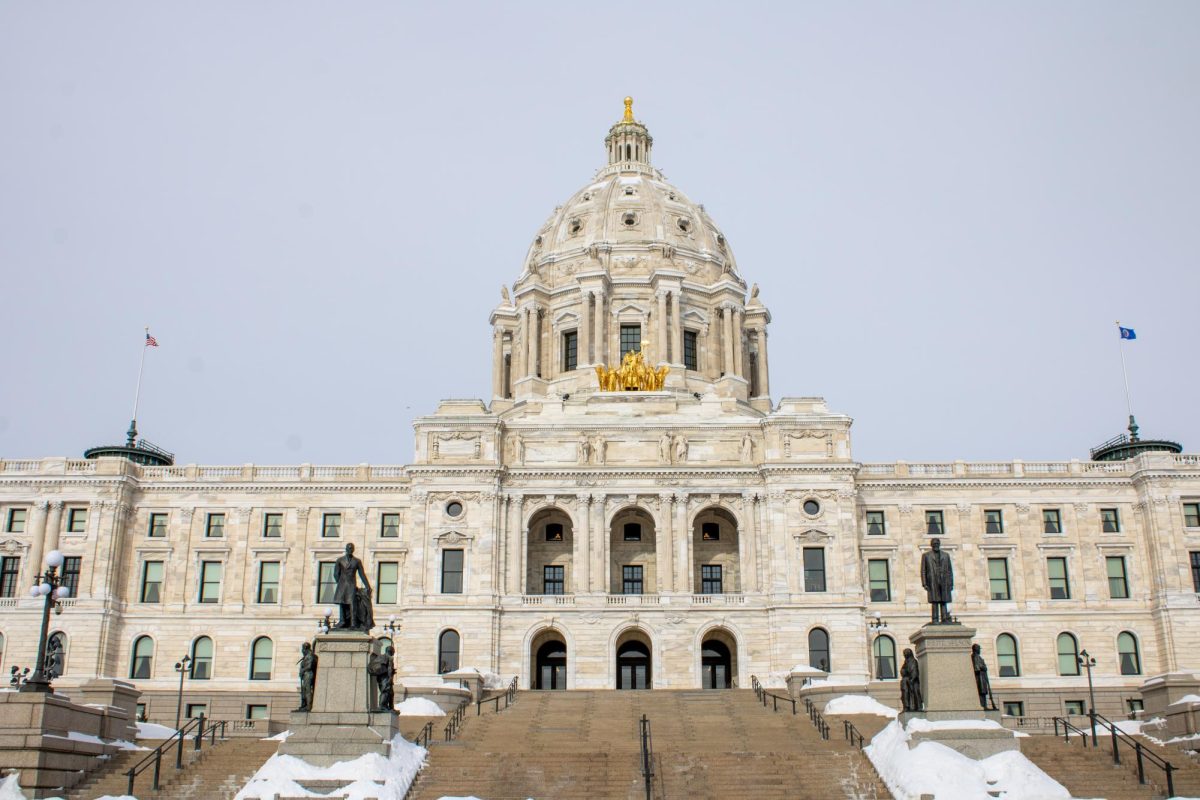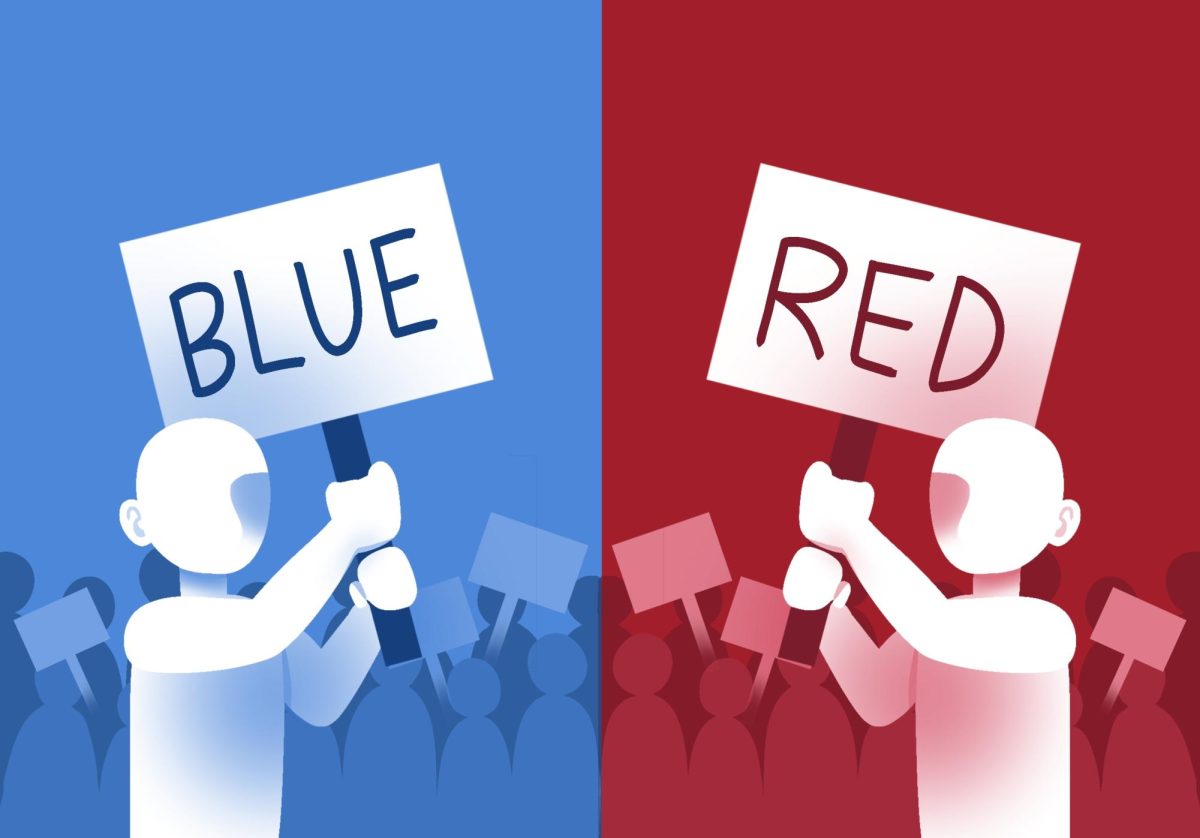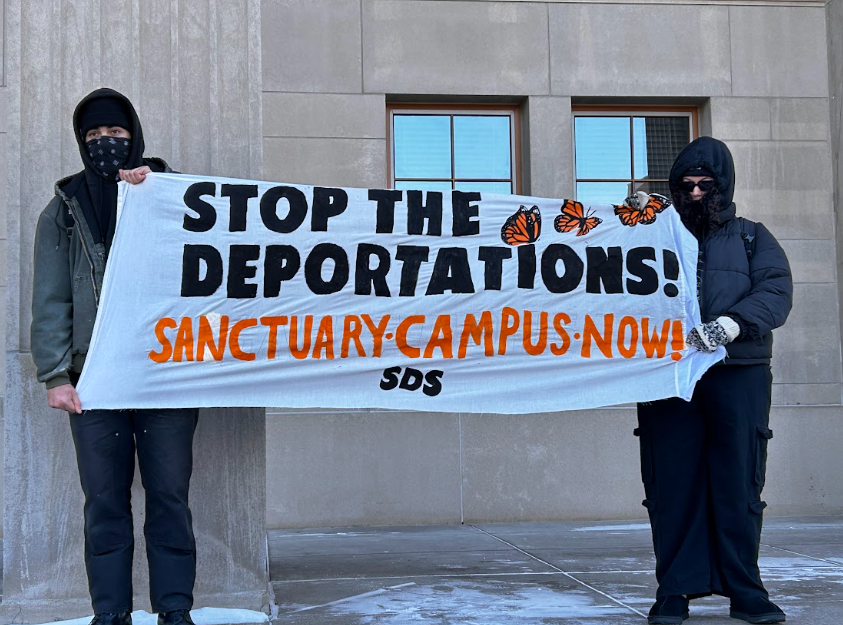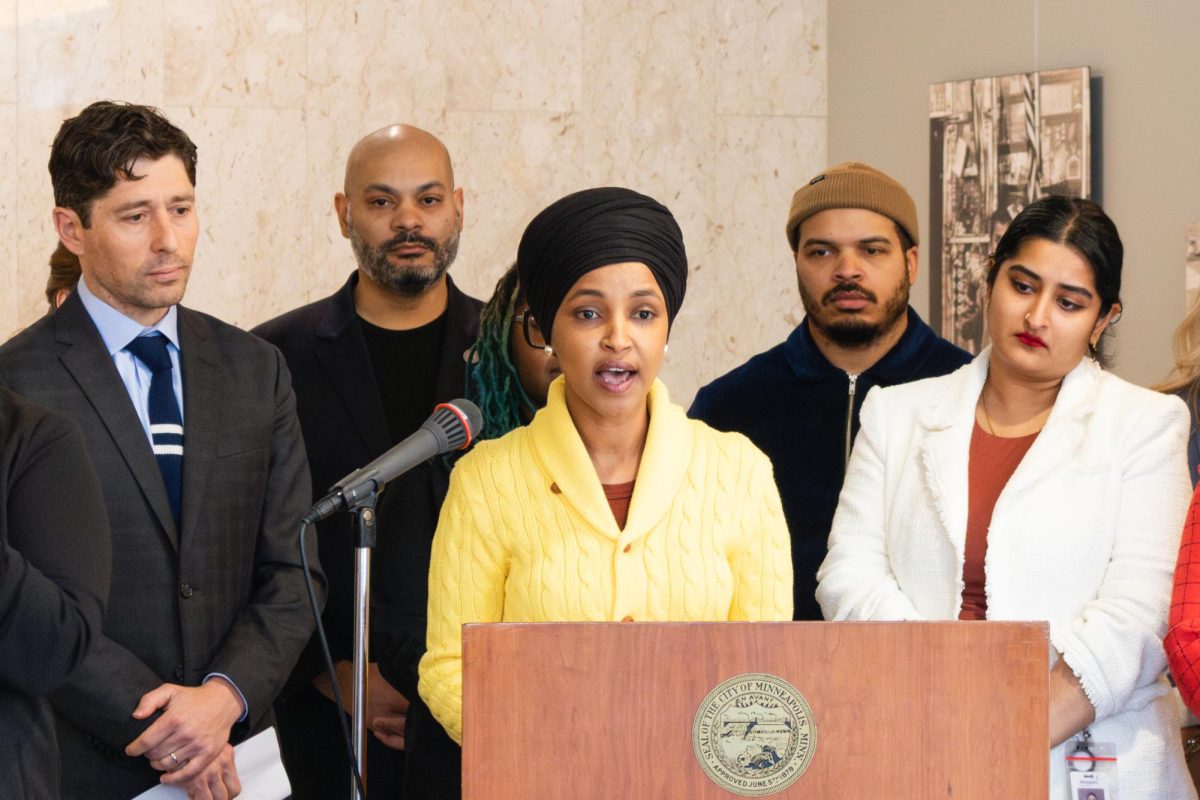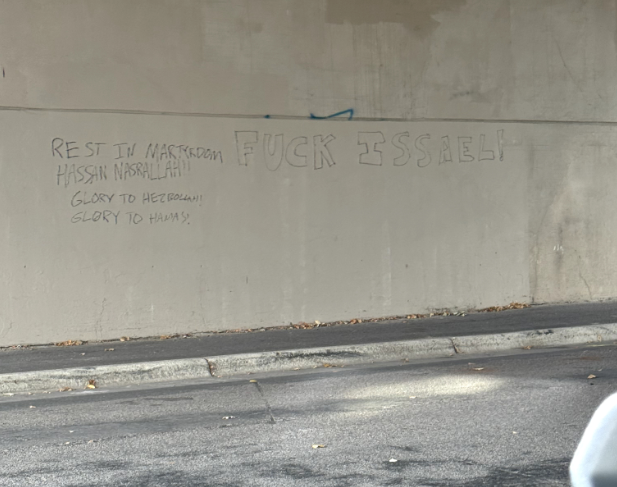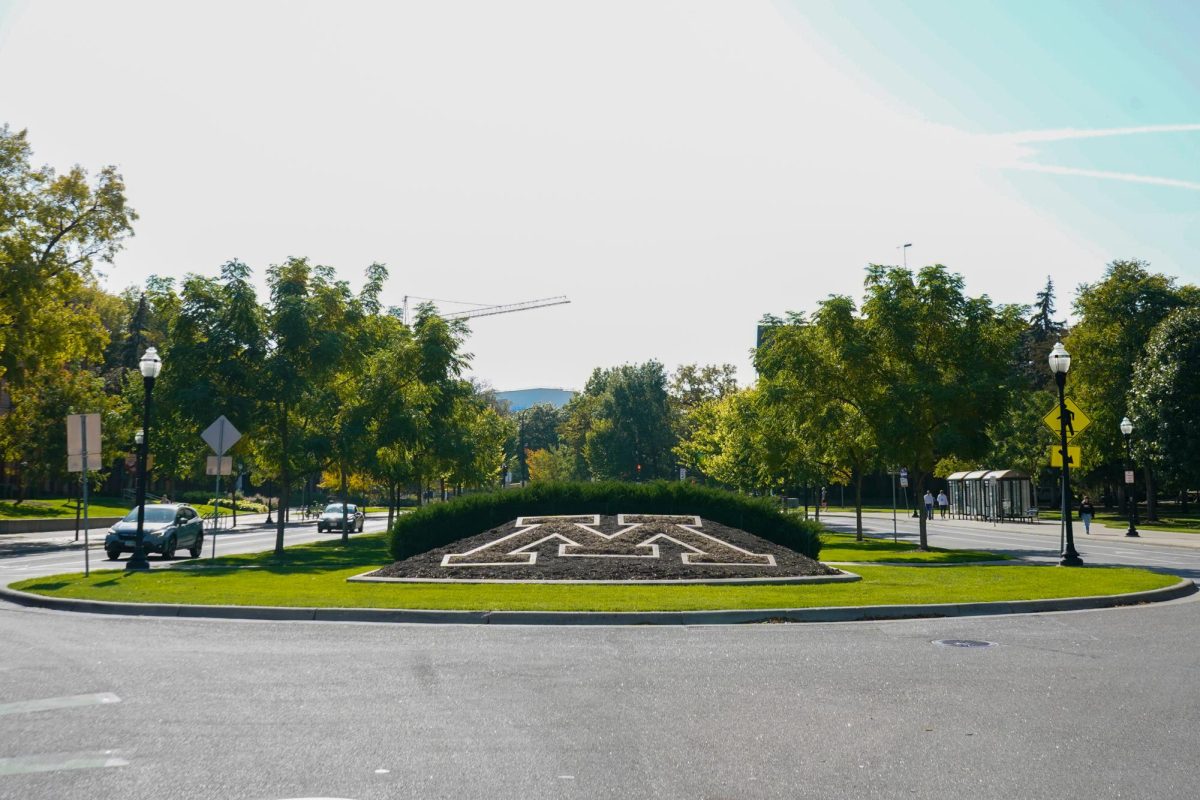Once again, University of Minnesota students showed up at the polls to cast their ballot on Tuesday for the 2022 midterm elections.
The University has a history of record high voter turnout, with about 8 out of every 10 students voting in the 2020 election.
While the 2020 election was a Presidential Election, which usually sees more ballots cast, the 2022 midterms in Minnesota have been making headlines this year with contentious and highly polarized races for governor, secretary of state, attorney general and a few congressional districts.
The incumbents for big name races – governor, secretary of state, attorney general and state auditor – are all DFL.
Student voters say they chose to vote this year because they feel it is their civic duty. Hot-button topics this year are abortion access, public safety, economic issues and election result viability following the 2020 election and the Jan. 6 insurrection.
Luka Alexenko is a 20-year-old University student who voted Tuesday at the Weisman Art Museum.
“It’s gotten very scary being, just being a young person in this country and specifically a young, queer person,” Alexenko said. “I’m voting to protect myself and those I love from people and institutions that explicitly seek to do us harm.”
Alexenko said they are feeling optimistic now about election results, however, it is likely too early to tell.
Minnesota is historically thought of as a blue state, however, with issues like public safety, inflation and fraud, some races – like attorney general and state auditor – have a higher likelihood of going red.
“I’m a little nervous just because I feel like with every election, things happen that aren’t always expected, especially right now,” Lynn Reynolds, 19 and who voted for Ilhan Omar, said.
Since June, the democrats have been banking on voters turning out to protect reproductive rights. Students voting at Weisman were split on the issue.
“For governor, I voted for Scott Jensen … just because I like his views on abortion,” Oz Sastra, 19, said.
Throughout the campaign season, Jensen has switched his public stance on abortion, initially stating he wanted to ban abortion but later saying there is nothing he would be able to do as governor to ban abortion. While the U.S. Supreme Court overruled Roe v. Wade in June, leading to abortion bans and restrictions in several states, abortion remains protected in Minnesota under the state case Doe v. Gomez.
Gov. Tim Walz issued an executive order in June stating he would protect reproductive rights in Minnesota.
Mathea Bruns, 18, said she voted for Walz because of his stance on abortion rights.
“I think there’s a lot of human rights associated with this election,” Bruns said. “Just regarding like abortion rights, there’s a lot at stake.”
Some students said another big issue for them is LGBTQ rights.
“I would like to increase the rights for those people and make sure they’re treated fairly,” Jace Shores said.
Public safety has been another big topic since 2020 after the police killing of George Floyd, but some students were split on how important it was in this year’s election.
Alec Dusheck said public safety was not a big concern for him during this election, but other students said it did play a role in why they turned out to vote.
“Public safety factors in my voting today in terms of police reform if anything, now that we have the opportunity to elect the first Black sheriff in Minneapolis,” Andres Pricer said. “Hopefully things can progress in the right direction.”
While students generally said they turned out to vote because it is a civic duty and it is important to use your voice to choose your representatives, some students went out to vote because of “harm reduction.”
“I saw the other day online someone said that voting is just a form of harm reduction,” Corma Bartlett said. “I really liked that because I don’t really like any of the people that I just voted for, but [they’re] the best of all evils.”
This story will continue to be updated until polls close at 8 p.m.



